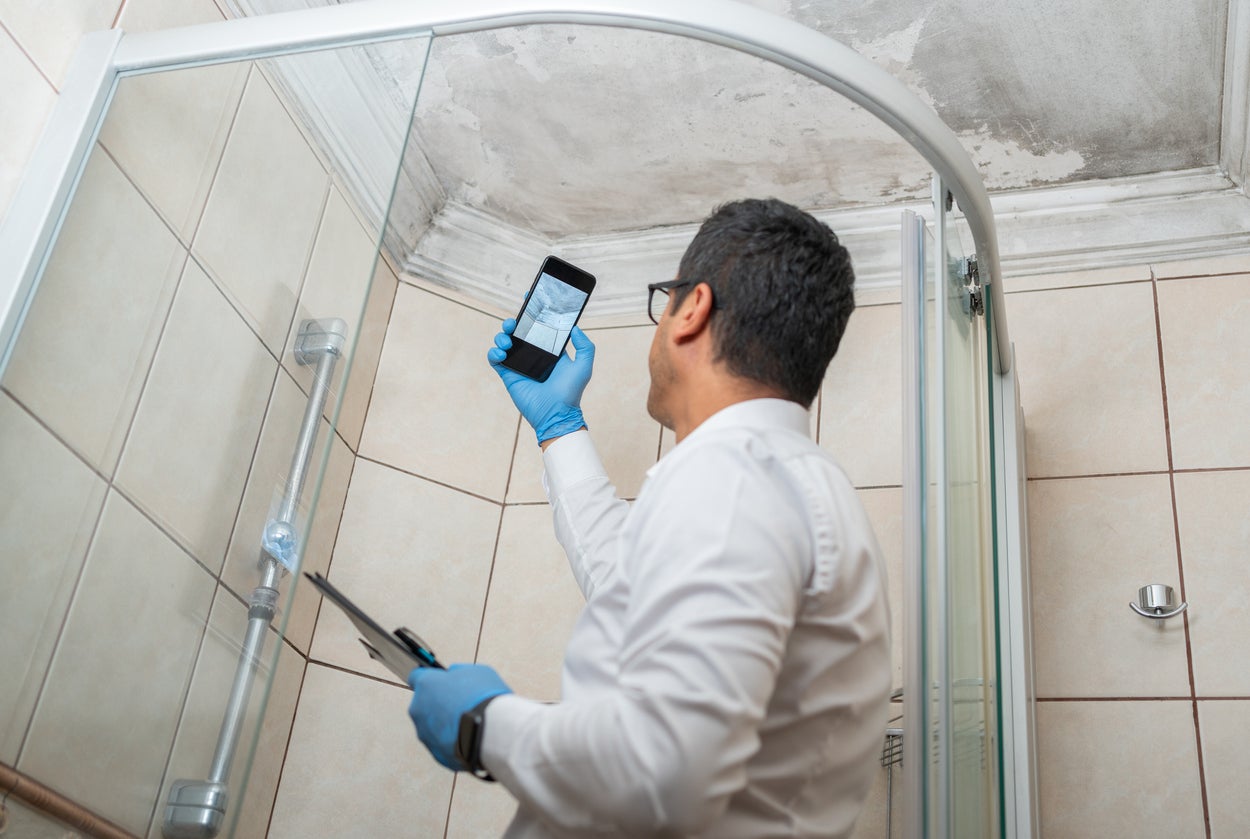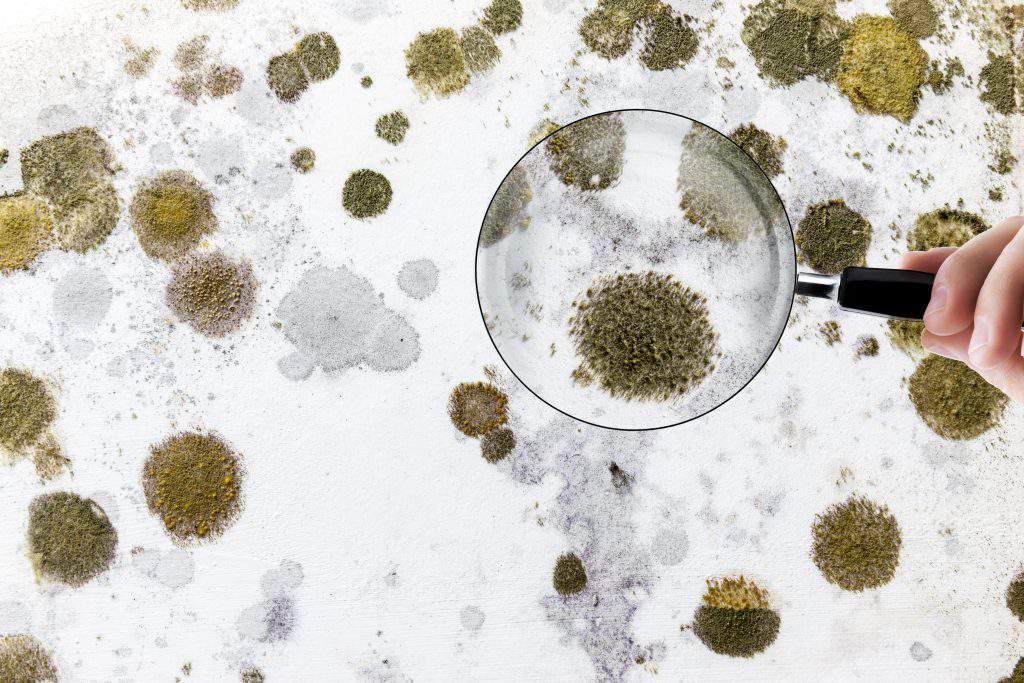Reliable Post Mold Remediation Cleaning Protocols
Reliable Post Mold Remediation Cleaning Protocols
Blog Article
Your Ultimate Overview to Blog Post Mold And Mildew Removal Techniques
In the results of mold and mildew infestation, recognizing exactly how to properly remove the mold and prevent its reoccurrence is paramount for maintaining a healthy indoor atmosphere. From choosing the ideal cleansing and sanitizing approaches to carrying out strategies for long-lasting mold and mildew avoidance, each action in the removal trip plays a vital duty in guaranteeing an effective result.
Recognizing Post-Mold Remediation Refine
After finishing the mold removal procedure, it is important to comprehend the post-mold remediation techniques that are necessary to make certain a comprehensive and reliable cleanup. As soon as the mold and mildew has actually been removed, the following step involves cleansing and disinfecting the affected locations to avoid any regrowth of mold and mildew. This includes using specialized cleansing representatives to wipe down surface areas and kill any staying mold and mildew spores. It is necessary to dry the area entirely to dissuade the growth of mold and mildew in the future (Post Mold Remediation Report). Appropriate ventilation and dehumidification can help in this procedure.
Moreover, performing a last inspection post-remediation is crucial to guarantee that all mold and mildew has been successfully eliminated. This inspection should include a thorough visual check along with possibly air tasting to validate the lack of mold spores in the air. If the inspection discloses any type of sticking around mold and mildew, extra remediation might be essential. Finally, informing passengers on preventive actions such as controlling moisture levels and immediately resolving any type of water leakages can help maintain a mold-free setting.
Efficient Cleaning Up and Disinfecting Techniques

Avoiding Future Mold Growth

Value of Proper Air Flow
Proper ventilation plays an important duty in stopping wetness build-up, an essential consider mold development within interior atmospheres. Efficient air flow systems help get rid of excess humidity from the air, minimizing the chances of mold and mildew spores finding the dampness they need to sprout and spread out. Without ample air flow, indoor spaces can become a breeding ground for mold, bring about possible health threats and structural damage.
By guaranteeing proper air blood circulation, ventilation systems can likewise assist in drying wet areas faster after water damage or flooding cases, even more hindering mold and mildew development. Post Remediation verification. In spaces like washrooms, basements, attic rooms, and cooking areas where dampness levels tend to be greater, setting up and maintaining reliable air flow systems is essential in avoiding mold problems

Surveillance and Upkeep Tips
Offered the crucial duty that correct air flow plays in stopping mold development, it is vital to develop reliable surveillance and upkeep pointers to make certain the ongoing functionality of air flow systems. Regular evaluations of ventilation systems should be conducted to look for any kind of indicators of blockages, leakages, or malfunctions that could restrain appropriate air flow. Monitoring moisture levels within the residential property is additionally vital, as high humidity can add to mold development. Mounting a hygrometer can help track moisture degrees and sharp property owners to any kind of spikes that may need interest. Additionally, making sure that air filters are frequently cleaned or replaced is important for preserving the efficiency of the ventilation system. Implementing a routine for routine upkeep jobs, such as air duct cleansing and HVAC system inspections, can assist avoid concerns prior to they escalate. By staying mindful and positive to the condition of air flow systems, home owners can successfully minimize the danger of mold regrowth and maintain a healthy and balanced indoor atmosphere.
Verdict
In conclusion, post-mold remediation methods are vital for making sure a secure and tidy environment. Recognizing the process, carrying out effective cleaning and sanitizing approaches, avoiding future mold development, preserving correct ventilation, and routine surveillance are all crucial steps in the removal procedure. By complying with these guidelines, you can successfully get rid of mold and prevent its return, advertising a healthy living or functioning space for all occupants.
In the aftermath of mold and mildew problem, recognizing how to successfully remove the mold and mildew and stop its reoccurrence is paramount for maintaining a healthy and balanced interior setting. Once the mold has been eliminated, the next step involves cleansing and sanitizing the impacted locations to stop any regrowth of mold and mildew - After mold remediation. After getting rid of visible mold and mildew development, it is vital to clean all surface areas in the damaged area to eliminate any kind of staying mold spores. To further improve mold and mildew prevention measures, it is important to attend to underlying concerns that originally led to mold advancement.Given the essential role that correct air flow plays in protecting against mold and mildew development, it is vital to develop efficient tracking and maintenance ideas to guarantee the continued functionality of ventilation systems
Report this page